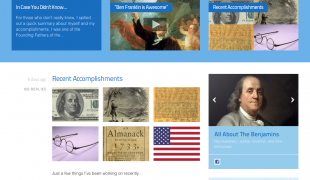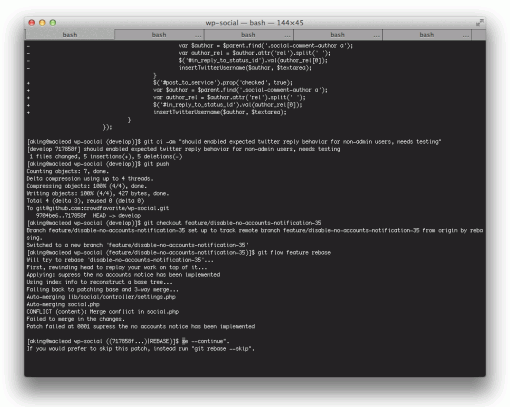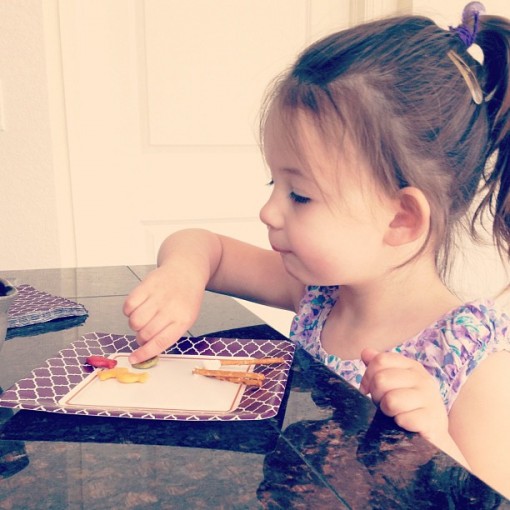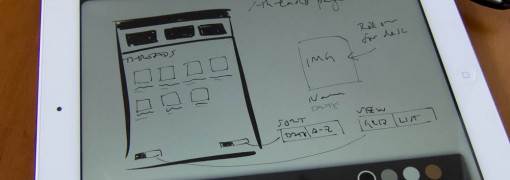There was a pretty good tempest in a teacup regarding Readability over the last few weeks. While I’m sure I didn’t exhaust the available material, I did read the articles I linked above as well as a few others. I link to these because they were written by folks I’ve known well by reputation/production (and respected) for a decade (and have met several times along the years). Let me be clear up front that I have no interest in inserting myself into this debate, what I do want to contribute is an observation; one that may be instructive to other folks who are interested in creating products and services.
I believe the crux of the problem with Readability stems from their famous 70%/30% revenue split.
When Readability came on the scene as a commercial product/service after previously existing as a tool (via bookmarklet), they did so with an interesting pitch:
Give us money, and we will pass 70% of that along to the people who create the sites you love to read.
Readability had a small following in the tech community, but it didn’t have significant distribution, name recognition, or reputation. Instead of trying to build this up organically while pitching their product/service as something you should buy directly (a process which can be slow and difficult), they chose to position themselves as a partner of the websites you already have goodwill towards.
This is a very clever approach. People want to support sites they care about, and they typically have few options through which to do so. Many technical folks (the same audience that Readability and similar services are currently reaching) browse with ad blocking extensions, a choice that brings a bit of guilt along with it. Even though this audience is unlikely to click on an ad, we know that the ads provide the revenue for these sites and we want to support them (we just don’t want to see the ads). Readability offered an intriguing alternative. No ads and no guilt: a mechanism through which we can support the publishers we like.
The problem is that 70%/30% split. By giving the 70% share to the publishers, people see their Readability subscription primarily as a way to support the publishers they read. The 30% share to Readability is the now-standard cut of the middle man (I believe the 30% number is directly inspired by the iOS App Store).
This choice fundamentally devalues the Readability product/service and equates it with a storefront. Readability’s customers don’t feel they are paying for Readability; they feel they are paying for the content. Just as people don’t feel they are paying Apple for the service of providing apps for sale – they feel they are buying an app (with the 70% revenue share going to the developer).
Since Readability has positioned itself as an agent and devalued their product/service accordingly, it’s hardly surprising that their customers are unhappy to learn that the money they have been paying isn’t actually making it to the publishers they thought they were supporting. Readability traded on their customers’ feelings of guilt and goodwill towards the publishers they already liked, and they are now seeing the ramifications of failing to deliver on their promise to pass along that 70%.1
Conversely, a product/service like Instapaper has always made the value proposition clear: you are buying a product/service from Instapaper for X dollar amount that you can choose to consume content with. Instapaper doesn’t get to benefit from the fringe goodwill you have towards the publishers you read, but it doesn’t position itself to have an obligation to them either.
Something to keep in mind when you’re thinking about how to position your product or service with your customers.








